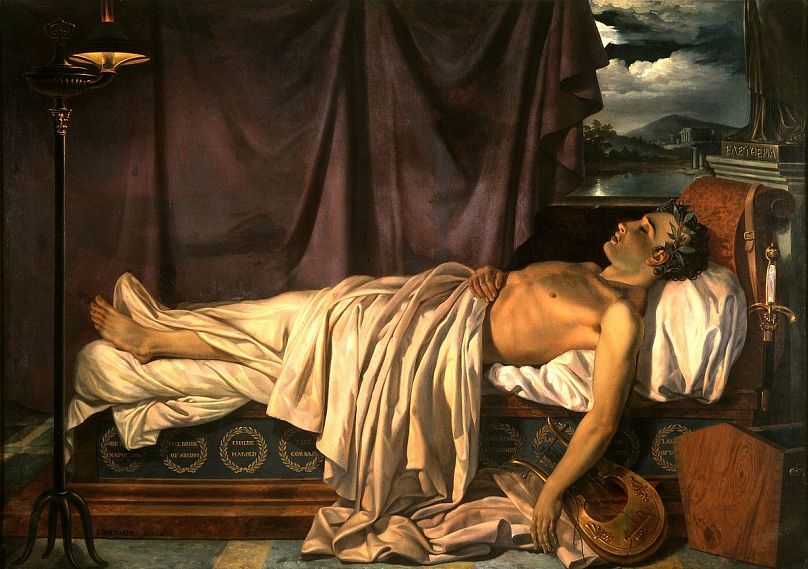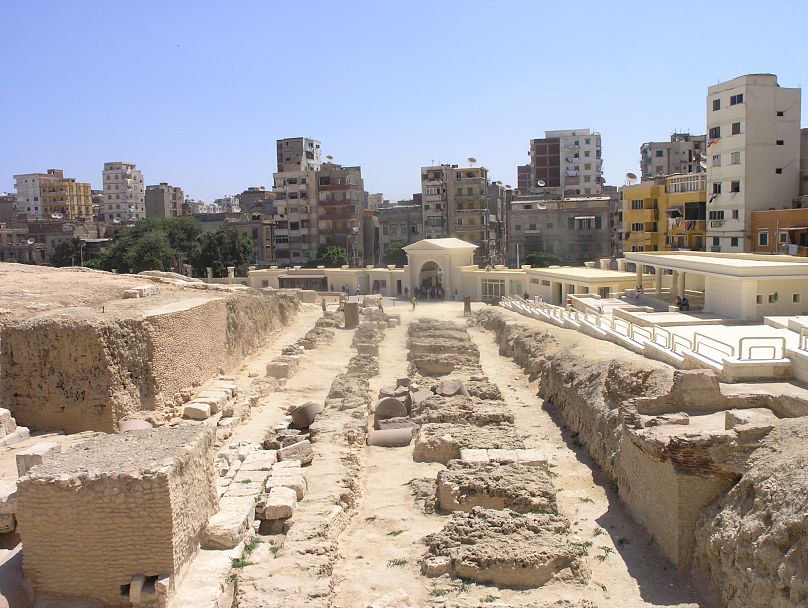16 May 1824: Lord Byron’s memoirs are lost forever
One of Britain’s greatest poets, Lord Byron was also a bit of a cheeky fella. Born in 1788, Byron is best known for his epic poem ‘Don Juan’ as well as his extensive acquaintances, both romantic and platonic. It was in Byron’s rented Swiss Villa Diodati that the fateful fantasy telling competition saw Mary Shelley invent the Frankenstein character.
Many historians consider Byron to be bisexual due to evidence of affairs with men and women throughout his life. While living in Ravena, Italy, Byron told of some of his lurid affairs in an extensive autobiography to friend Thomas Moore.
Alas, that autobiography of Byron is lost. A month after his death in 1824, Moore, John Cam Hobhouse and his publisher John Murray burnt them on Byron’s orders. The act has been called one of the “greatest crimes in literary history”.
It’s not the only great lost work of literary history though. Here are some of the most intriguing cases of lost literature.
Love’s Labour’s Won
Did you know that one of the early Shakespeare comedies had a sequel? Love’s Labour’s Lost, written in the mid-1590s was an early popular play for the Bard, likely performed for Queen Elizabeth I.
But there’s a second play, Love’s Labour’s Won. Believed to be written before 1598 and published by 1603, no copies of the play exist today. The prevailing theory is that it’s a sequel, however others suggest that it is in fact just an alternate title for another well-known play, The Taming of the Shrew.
Adam Smith’s works
The Scottish philosopher who is widely credited as the father of capitalism for his 1776 opus ‘The Wealth of Nations’, might have had even more to say. Although capitalism may not be the most loved theory these days, Smith’s original treatise is far more expansive that the simplistic neo-libertarian thinking that reduces it to his “invisible hand metaphor”.
Still, Smith wasn’t done with ‘The Wealth of Nations’. Before his death, he began destroying much of his written material that wasn’t published, a process that was continued after his death. Although some work was posthumously published, it’s believed a treatise on law and science and the arts were lost in the process.
The Library of Alexandria
It’s impossible to talk about destroyed work without referring to the Library of Alexandria. Believed to be first built either during the reign of Ptolemy I Soter or his son Ptolemy II Philadelphus, around 283-246 BC in Alexandria, Egypt.
Not the first of its kind but by far the most extensive, the Library of Alexandria was Ancient Greece’s greatest attempt to catalogue human knowledge. The library held up to 400,000 scrolls at its peak, according to estimates.
In the process of establishing the Roman Empire, Julius Caesar waged civil war across the continent. Besieged in Alexandria in 48 AD, Caesar set fire to ships in the dock to try and free himself. The fire spread to the library causing untold damage. Despite its mythic status, the fire didn’t destroy everything. It’s not clear exactly what the fate of the library was, but during the Roman Empire, the library fell into decline until it disappeared altogether.
To this day, we’ll never know just how extensive the damage was in terms of lost knowledge.













